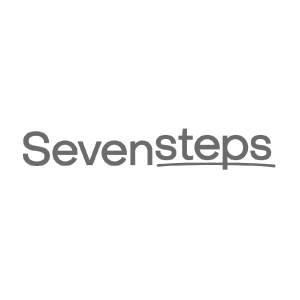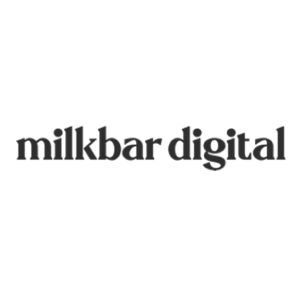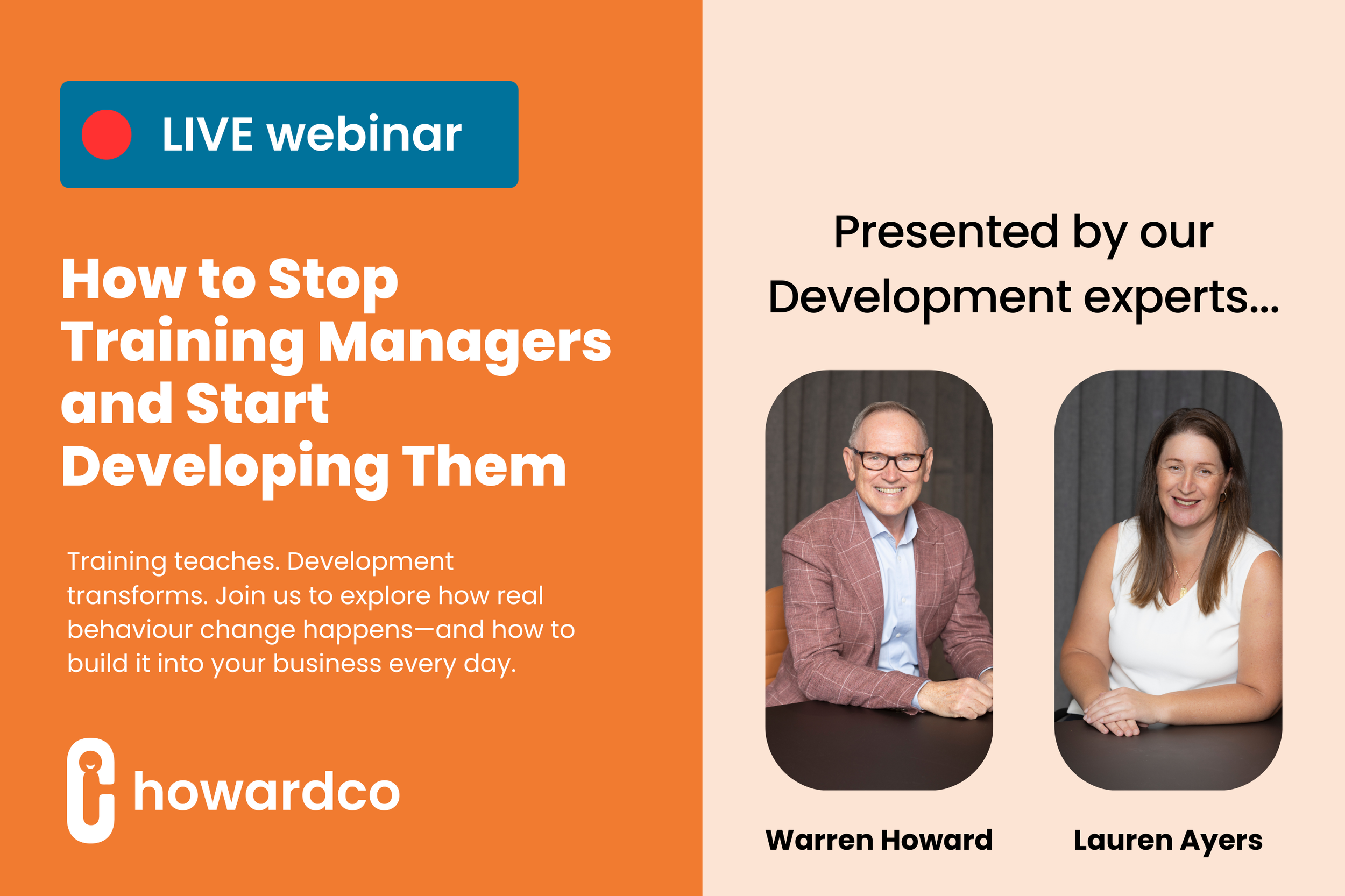Recruitment
Your partner for
Your Trusted HR Business Partner
Howardco is a trusted HR consultancy helping businesses and people thrive together.
We help businesses unlock the full potential of their people - creating environments where engagement drives performance and results at every level.
With over 15 years’ experience supporting Australian businesses across diverse industries, we bring the insight to solve real workplace challenges with empathy, strategy, and clarity.
of Australian employees reported being fully engaged at work
of employee turnover occurs within the first 45 days of employment
of managers are overwhelmed by expanding responsibilities
From finding the right people to helping them grow, Howardco supports every stage of the employee journey.
Our HR solutions are designed to strengthen teams, enhance leadership, and build a workplace culture where people and business thrive together.
Recruitment & Onboarding
Attract and retain top talent with strategies that go beyond the job ad. From role design to onboarding, we help you find the right people and set them up for long-term success.
MORE ➝
People Management & Culture
Create a culture where people feel valued, supported, and engaged. We’ll help you build effective management practices, boost performance, and foster a workplace people want to be part of.
MORE ➝
Leadership & Team Development
Unlock leadership potential at every level. Our coaching and development programs help individuals and teams communicate better, lead with confidence, and deliver results together.
MORE ➝

Take the first step toward a workplace where people and business thrive together
Strengthening teams.
Empowering leaders
Our training workshops are designed for leaders, managers, and their teams, offering a tailored approach that aligns with the unique needs of your business.
Delivered in both online and in-person formats, we ensure flexibility to fit your schedule and objectives.
Trusted by Australian businesses for over 15 years















The people behind Howardco
Our team combines deep HR expertise with real-world business experience to deliver practical, people-focused solutions that help organisations thrive.
From developing leaders to building high-performing teams and positive workplace cultures, we’re passionate about creating success that lasts.










